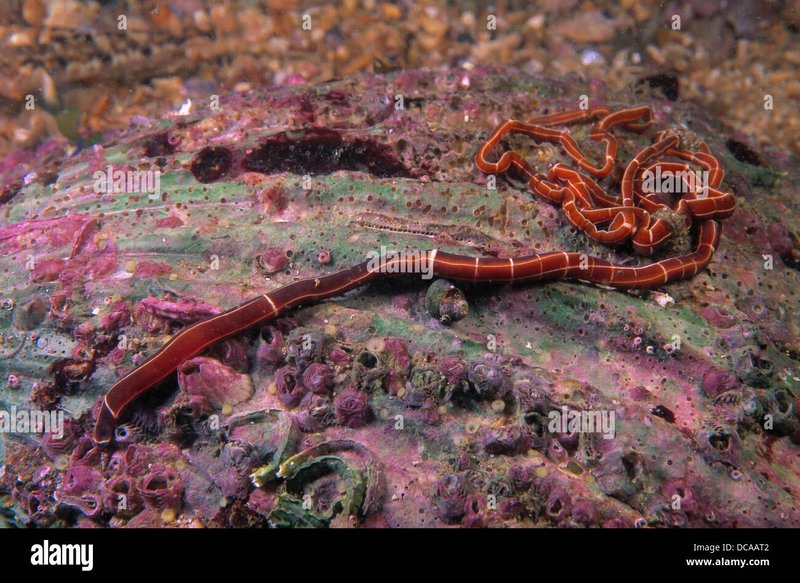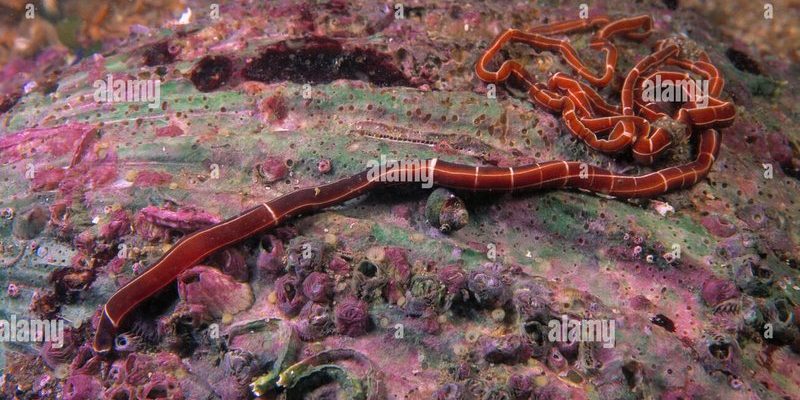
So, what’s the deal with ribbon worms? Well, these remarkable animals belong to the phylum Nemertea and can be found in various habitats, from the deep sea to coastal waters. Scientists are taking a closer look at these worms because their unique biological features and behaviors might just hold the keys to understanding marine ecosystems, evolutionary biology, and even the impacts of climate change. Let me explain how these fascinating creatures are being studied and what it all means for science.
What Are Ribbon Worms and Why Study Them?
First off, let’s get familiar with what ribbon worms actually are. These creatures can range from just a few centimeters to several meters long, making them quite the sight when you find them on the beach. One of their most striking features is their elongated, ribbon-like bodies, which often have bright colors that can mesmerize anyone watching. But don’t let that beauty fool you; these worms are highly specialized predators, armed with a unique feeding apparatus known as a proboscis.
You might wonder, why focus on these odd-looking creatures? Well, scientists are interested in ribbon worms for several reasons. For starters, they are key players in the marine food web. By studying their diets and interactions with other marine organisms, researchers can gain valuable insights into the dynamics of marine ecosystems. Essentially, they help paint a picture of how energy flows through these habitats.
Additionally, ribbon worms exhibit fascinating behaviors that can shed light on evolutionary processes. For example, some species can regenerate lost body parts, which is a hot topic in biology. This regenerative ability can help scientists understand not just how these worms survive, but also how similar mechanisms could exist in other animals, including humans.
The Diversity of Ribbon Worm Species
When diving into the world of ribbon worms, you quickly realize that there’s a whole lot of variety. Currently, scientists have identified around 1,300 species of ribbon worms, each with its unique traits, habitats, and adaptations. Whether they are swimming in the ocean or hiding in the sand, these worms are incredibly diverse.
Some species are known for their impressive lengths, while others are quite tiny. For instance, the **Lineus longissimus**, one of the longest ribbon worms, can reach lengths of about 30 meters! On the other hand, many species remain elusive, living in less-explored areas of the ocean.
This diversity makes them an excellent subject for research. By studying the differences among species, scientists can learn how environmental factors influence their characteristics and behaviors. This can include anything from how they reproduce to how they interact with predators and prey.
Ribbon Worms as Bioindicators
Here’s the thing: ribbon worms aren’t just captivating for their peculiarities; they also serve as *bioindicators*. This means that their presence, absence, or health can indicate the overall state of the marine environment. If a specific species thrives in an area, it might suggest good water quality or a healthy ecosystem. Conversely, if their populations decline, it might signal environmental stresses.
Researchers often look at ribbon worm populations in polluted areas versus clean ones. This comparison can help scientists assess the impact of human activity on marine ecosystems. By monitoring these creatures, scientists can get a feel for how different pollutants and environmental changes affect marine life. It’s like having a canary in the coal mine, alerting us to potential problems before they escalate.
Additionally, because these worms inhabit various environments—from muddy sediments to coral reefs—they can offer insights into how different ecosystems respond to various stressors.
The Ecological Roles of Ribbon Worms
Ribbon worms play crucial ecological roles that often get overlooked. These invertebrates are more than just predators; they are also important prey for various marine animals, from fish to birds. By studying ribbon worms, scientists can better understand food web dynamics.
In addition, ribbon worms contribute to nutrient cycling in marine environments. When they consume organic matter or other smaller organisms, they help break it down and recycle nutrients back into the ecosystem. This process is critical for maintaining healthy marine habitats.
Here’s where it gets interesting. Some ribbon worms even have symbiotic relationships with microorganisms, which assist in digestion. By exploring these interactions, researchers can understand how interdependence among species makes ecosystems more resilient or vulnerable.
Climate Change and Ribbon Worm Research
As climate change continues to impact our oceans, studying ribbon worms is more relevant than ever. Changes in temperature, ocean acidification, and rising sea levels can drastically affect marine ecosystems. Ribbon worms, being sensitive to such changes, can provide valuable data on how these global challenges impact various species.
Researchers are increasingly focusing on how rising temperatures affect ribbon worm behavior, reproduction, and distribution. For instance, some species may thrive in warmer waters, while others might struggle to survive. As scientists gather data over time, they can build a clearer picture of how climate change reshapes marine biodiversity.
Let’s not forget, monitoring ribbon worm populations can also help us predict broader impacts on marine ecosystems. If certain species decline, that could ripple through the food chain, affecting everything from plankton to larger fish populations.
Future Directions in Ribbon Worm Research
Looking ahead, the study of ribbon worms in marine research is poised for exciting developments. With advances in technology, like genetic analysis and improved underwater observation tools, scientists will be able to dive deeper—literally and figuratively—into understanding these unique creatures.
There’s also a growing interest in using ribbon worms as models for studying regeneration and developmental biology. As we learn more about their unique capabilities, such insights could have implications in medicine and biotechnology.
In summary, ribbon worms are an underappreciated but vital part of marine research. They not only contribute to our understanding of ecosystems but can also offer clues about how to protect our oceans in a rapidly changing world.
In conclusion, ribbon worms hold a treasure trove of information for scientists eager to understand marine ecosystems better. From their ecological roles to their responses to climate change, these creatures remind us of the intricate connections in nature. So, the next time you’re near the shore and spot one of these fascinating worms, consider the bigger picture. What insights might they hold for our oceans—and ultimately, for all of us?

